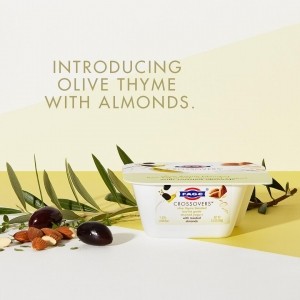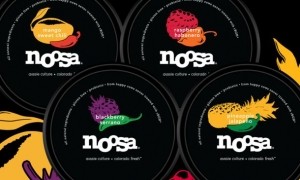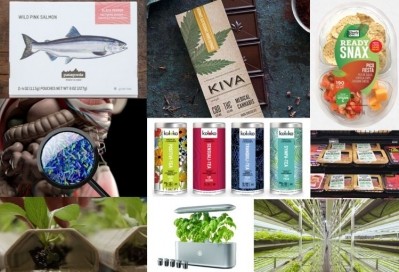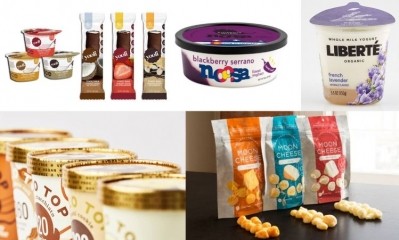Savory yogurt… a step too far for American consumers, or a sleeper hit in the making?
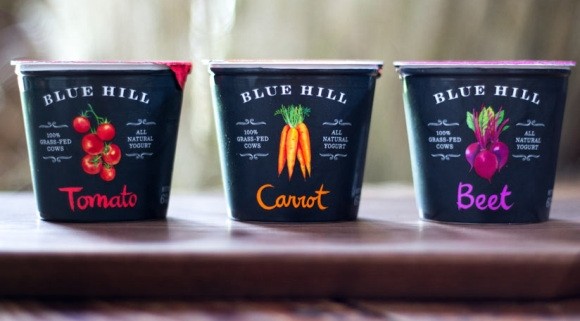
Blue Hill – which launched its beet, butternut squash, carrot, sweet potato, and parsnip yogurts in early 2014 after they proved a hit with customers in its high-end restaurants - made its savory yogurts with grass-fed milk and 30%+ vegetable puree, and marketed them as snacks/desserts that could also be used as cooking ingredients, dips, dressings, or accompaniments.
At the time, president David Barber told FoodNavigator-USA that the yogurts – which were available in 800+ stores by the end of 2015 – appealed to consumers looking for products with less sugar in the yogurt aisle: “Our [savory yogurts] have a fraction of the sugar, but are only slightly less sweet than regular yogurt because you’ve got the natural sweetness from the vegetables.”
The following year, Chobani and noosa launched sweet and spicy (‘sweet and heat’) SKUs combining fruits such as mango and pineapple with spicy flavors such as habanero, sriracha and jalapeno; Fage USA added four savory SKUs in its Crossovers line: Olive Thyme with Almonds, Tomato Basil with Almonds, Coconut Curry with Cashews and Carrot Ginger with Pistachios; and Kroger added Blueberry Cucumber, Cherry Beet, Spiced Apricot & Butternut Squash, lemon zucchini, and pineapple spinach kiwi to its private label line.
Blue Hill: We have currently paused production of our yogurts
Fast forward to October 2017, however, and several of these SKUs have disappeared from the company websites, with Chobani dropping its Chipotle Pineapple and Sriracha Mango Flip SKUS as part of a SKU rationalization process, although the company claims they were popular with consumers; and noosa removing pineapple jalapeno and mango sweet chilli SKUs from its site, but retaining its blackberry serrano and raspberry habanero lines.
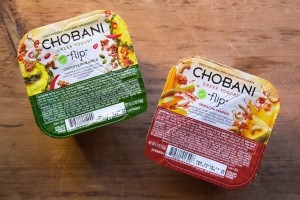
Blue Hill special projects manager Valerie Christy told FoodNavigator-USA that “We have currently paused production of our yogurts,” while Fage USA – which has removed all the savory SKUs from its website - did not respond to requests for comment.
Mattson president: Products must be uniquely craveable
So what do market researchers and innovation experts think this all means?
Barb Stuckey, president and chief innovation officer at San Francisco-based product development and innovation firm Mattson, said she remained bullish about the prospects for savory yogurts, despite the mixed picture we’re seeing right now, adding: "At Mattson, we think savory yogurt has huge potential.
“In my opinion, previous vegetable-based versions simply weren't executed very well. They didn't deliver a ‘wow’ experience, which is critical for establishing a new category.”
She added: “Consumers are skeptical of new-to-the-world food forms and to convince them, you need a product that's uniquely craveable. Hopefully, someone will launch a line of savory yogurts that really delivers, product-wise, and confirm our belief that there's opportunity here."
"We paused the production of our yogurts earlier this year, as we decided to re-focus our efforts on both a more regional distribution strategy and potential new product formats."
Valerie Christy, special projects manager, Blue Hill, October 13, 2017
Tom Vierhile, Global Data: ‘It looks like it was just a bridge too far for consumers…’
Tom Vierhile, innovation insights director, GlobalData, was less optimistic, although he felt there was potential for brands bringing an ethnic spin to the category (savory yogurt and yogurt snacks are big in parts of Asia and the Middle East, for example) rather than adding unexpected line extensions to a mainstream US brand.
“The original rationale for launching these was to provide consumers with a less sweet option since Greek yogurt took the yogurt category in that direction, and this was an extension of that. Based on the sales result, it looks like it was just a bridge too far for consumers.”
A US consumer survey conducted by GlobalData in 2015 suggested that two thirds of consumers preferred fruit flavors in their yogurt, and 13% preferred dessert flavors. Just 8% preferred ‘unique’ flavors, said Vierhile, although he acknowledged that respondents weren’t asked specifically about savory or sweet/heat flavors.
“What this says is that American consumers overwhelmingly expect yogurt to be sweet… This means that companies introducing offbeat new flavors like savory, vegetable flavored yogurt and sweet/spicy combinations may be fighting for just a sliver of the market.”
While there is merit in adding vegetables to a product to cut the sweetness level, which we have seen in the beverage category via green drinks and veggie-forward juices, he said, “vegetable-only flavors like beet and carrot may be just too niche for consumers [in the yogurt aisle].
“Flavors like beet in particular can be polarizing. I remember the company suggesting that consumers use these yogurts as ingredients. I don’t see this as a very common use of yogurt, and that positioning further marginalizes the product since it turns what could be an impulse product into more of a planned purchase.”
‘The sensation is unlike anything I have ever experienced…
As for sweet/heat flavor combinations, he said, “I have tried the noosa blackberry serrano product. The product is quite spicy and the sensation is unlike anything I have ever experienced with yogurt before.
“There may be an audience for this sort of flavor combination, but I think it might be something that would take a greater investment in time and marketing dollars than many companies would want to make.
“I believe that the original concept behind the line was to create a mid-day snack or an after school snack for kids using a flavor profile that suggests the product could replace a salty snack. That sounds reasonable, but the flavor is just so unexpected that it is hard to see a quick ramp-up for this one.”

